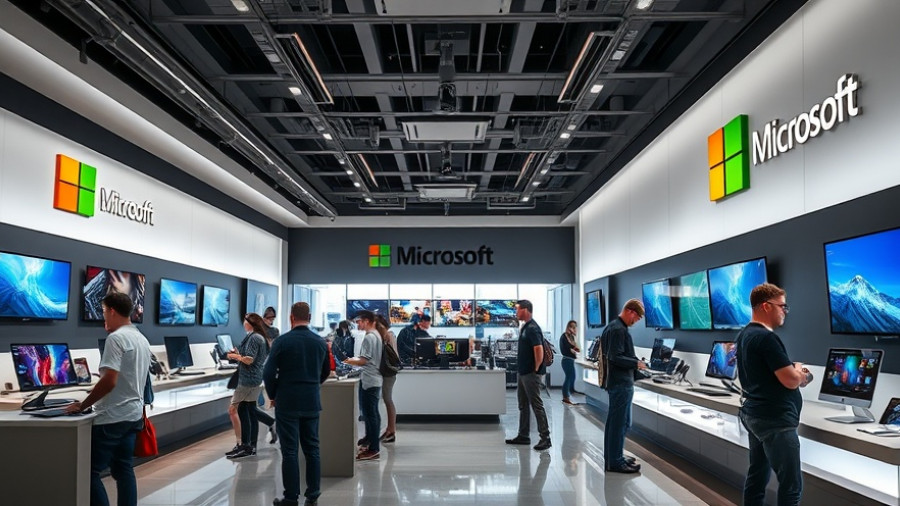
The Hardware Struggles of a Software Giant
Microsoft, a behemoth in software, has long grappled with its identity in the hardware arena. Despite its wealth and technical prowess, the company's history with hardware reveals a series of stumbles—an enlightening tale for hands-on business owners keen on understanding the broader implications of tech development.
Lessons from Microsoft’s Hardware Failures
From Windows Phones to the Zune, Microsoft’s attempts to enter the hardware space served as cautionary tales. Too often, these products were launched with great fanfare but failed to resonate with consumers due to a lack of cohesive vision. As highlighted by their reliance on third-party manufacturers, the disconnect between hardware and software led to premature product lifespans.
Why Integration Matters
In contrast to tech giants like Apple, which seamlessly fuse hardware with software, Microsoft's approach seemed disjointed. For instance, their Surface tablets showed potential, yet early iterations faltered due to inadequate capabilities and marketing. This lesson is crucial for businesses: successful hardware solutions must prioritize integration with corresponding software.
Market Dynamics and Future Predictions
As Microsoft’s Xbox division faces challenges—evident in recent price hikes and waning market interest—the company must navigate a tricky landscape. With reports suggesting that Xbox may pivot towards software over hardware, it’s clear that fluid market conditions require adaptability and strategic foresight. Business leaders watching these developments should consider how to not only respond to change but to anticipate it.
Unique Benefits of Understanding Microsoft’s Path
For business owners and managers, studying Microsoft's hardware experiences provides valuable insights into product development and market positioning. The evolution of the Xbox, despite its hurdles, demonstrates the importance of resilience and ongoing innovation. Knowing what worked and what didn’t prepares leaders to make informed decisions in their ventures.
Practical Steps for Business Hardware Integration
As you explore new hardware options for your business, focus on the lessons learned from Microsoft's journey:
- Prioritize Cohesiveness: Ensure that your hardware and software solutions are well integrated for a better user experience.
- Monitor Market Trends: Be vigilant about what competitors are doing, adjusting your strategy in real time.
- Gather Feedback: Actively seek user input during the design process to avoid pitfalls seen in Microsoft’s past hardware releases.
Ultimately, understanding Microsoft’s struggles can provide a roadmap to success, guiding you through the complexities of integrating hardware into your business operations effectively.
 Add Row
Add Row  Add
Add 










Write A Comment